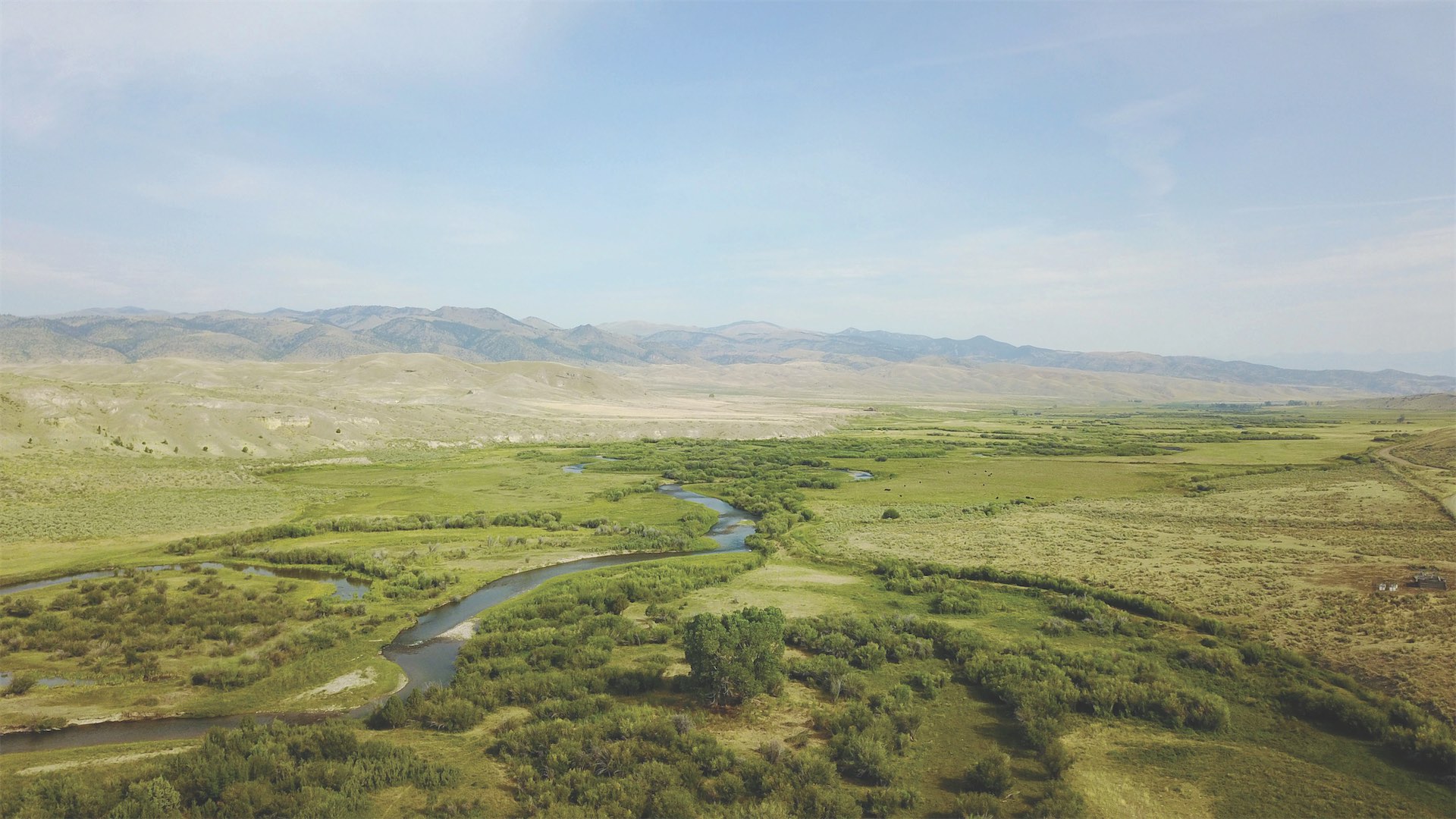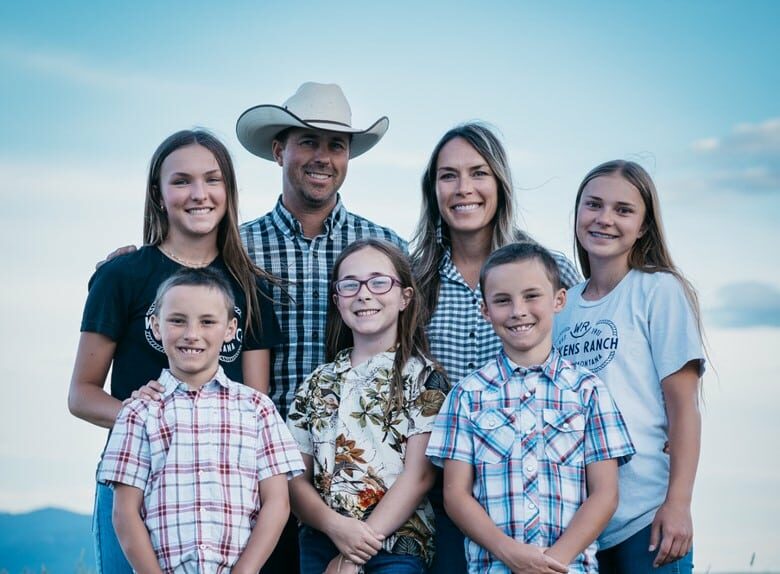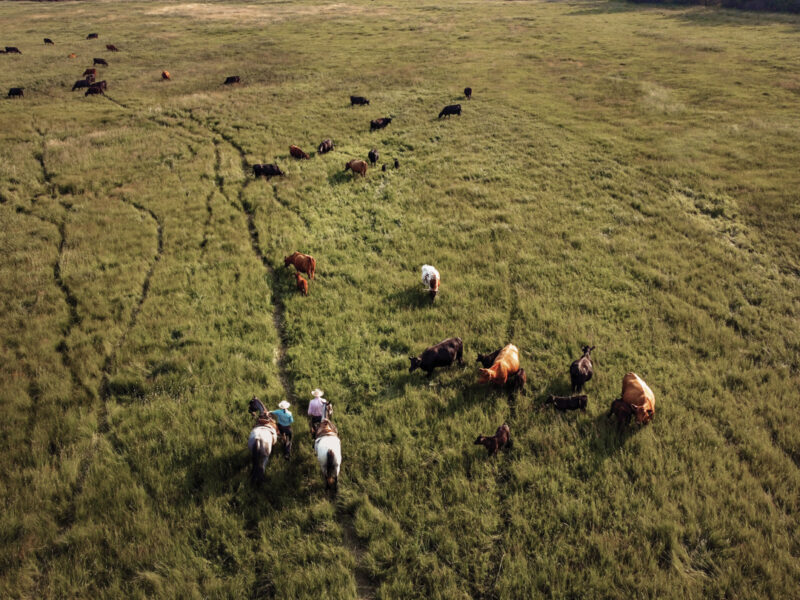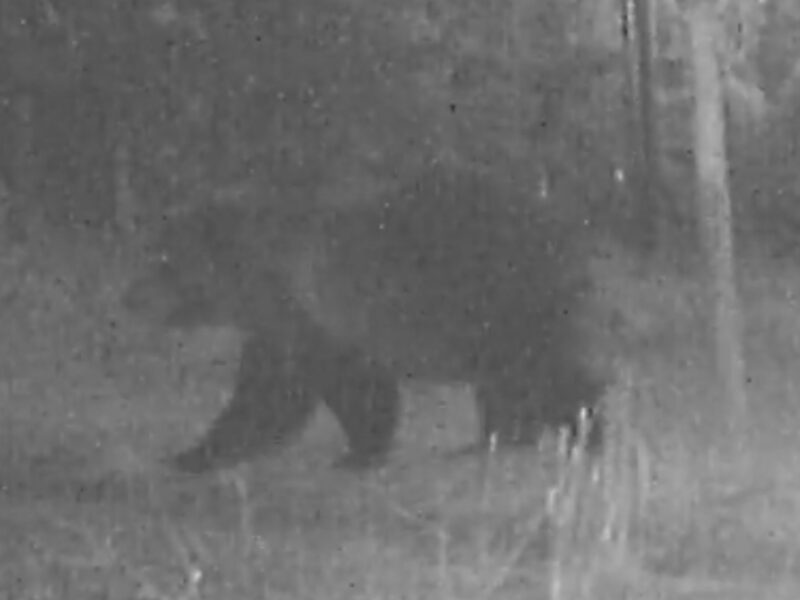WE CALL THIS THE RANCH’S CATCH-22: THE BETTER THE JOB WE DO, THE MORE OF A CHALLENGE WE CREATE FOR OURSELVES AS INCREASING NUMBERS OF ELK, DEER, ANTELOPE, MOOSE AND MORE MAKE OUR RANCH HOME.
AS YOU DRIVE SOUTH DOWN HIGHWAY 287 out of Ennis, Montana, your eye is drawn upward by the sublime form of Sphinx Mountain, one of the most prominent peaks in the Madison Range. Beneath that mountain lies a great expanse of grassland – one on which you are as likely to see a herd of elk or pronghorn as you are a herd of cattle. Any cattle you do see likely belong to the Granger Ranches, owned by the Laszlo family. Jeff Laszlo oversees Granger as managing partner, while Billy Whitehurst handles the day to day as operations manager.
Here at Granger Ranches , founded by Jeff’s great-grand-father in 1936, our management seeks to balance agricultural productivity with responsible and effective stewardship of our natural resources and wildlife habitat. This has included a multi-decade project to restore wetlands, streams and floodplain in collaboration with state, federal and private partners. Over the past 20 years we have painstakingly restored and recreated 15 miles of streams and 1,000acres of rare wetlands: last year alone, the ranch invested $30,000 in habitat work and maintenance. More recently, we have begun to deploy our livestock intensively to accelerate ecosystem recovery on other parts of the ranch.These projects have been time consuming and expensive, but they are central to our goals and enterprise.
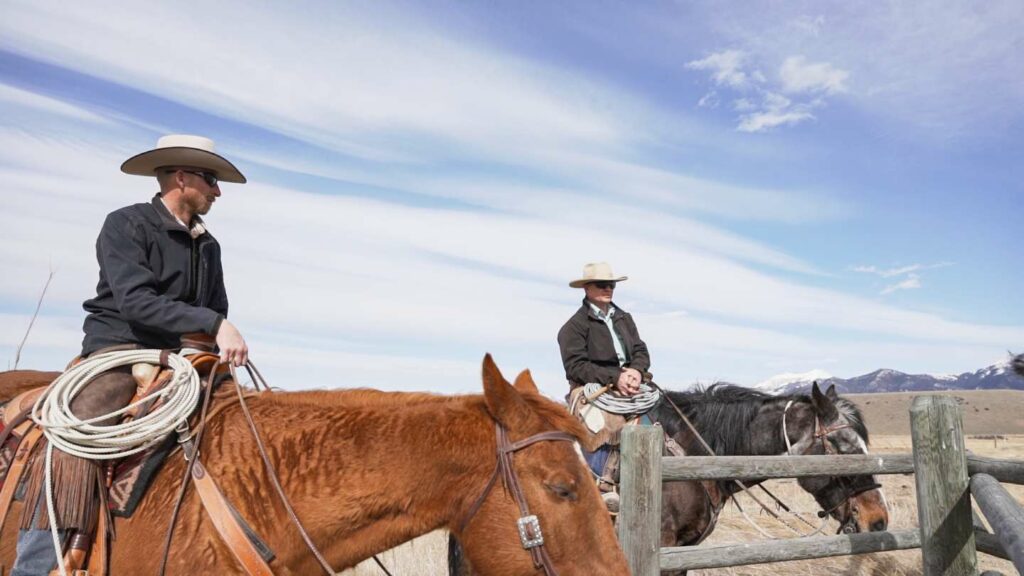
Our ranch sits in the northern reaches of the Greater Yellowstone Ecosystem. We raise and sell cattle, lease farm ground and sell forage to custom grazing clients. Meanwhile, Granger Ranches is home to many species of wildlife, large and small. Migrating and resident bird populations are plentiful here, including rare and threatened trumpeter swans and native cutthroat trout. We are actively restoring these species in collaboration with private and public partners. The ranch’s bird life is so robust and diverse that Montana Audubon has designated it as the center of an Important Bird Area (IBA), one of less than 50 in the state of Montana. The ranch is also home to sizable herds of whitetail deer, antelope and elk.
The largest and most profitable agricultural crop the ranch raises is grass for livestock. Grazing animals and grass have a symbiotic relationship. It is often said that grass feeds the soil, which feeds more grass, which can feed more animals, domestic and wild. To take maximum advantage of this relationship, we utilize grazing rotations that follow the five principles of both soil health and range management. In keeping with those principles, we have increased both grazing concentration (more cattle in smaller areas) and the length of rest periods, allowing every pasture to go to seed every year. This practice decreases conflict between wildlife and livestock, as wildlife have most of the ranch to themselves throughout the year. This has also served to produce better forage for cattle and wildlife, and devotes more areas of the ranch exclusively for wildlife to live undisturbed. But this is a double-edged sword.
MORE FORAGE, MORE ELK
Grass is often not recognized as a crop, especially grass grown on rangelands. However, on most ranches, grazeable forage is the single most important crop driving financial health. Two of the most important factors in determining profit potential of any ranching operation are stocking rate and carrying capacity. The more densely the operation can sustainably stock livestock, the greater the efficiencies of scale to the operation, thus lowering costs per unit of production and ultimately creating higher profits.
In order to increase forage availability for grazing, more residual forage must be left after a grazing event. Higher residual forage levels after grazing keep soil temperatures lower, increase soil moisture retention, increase organic matter in the soil and increase soil microbial activity. These are critical factors for the soil’s ability to support healthier and more diverse forage crops. The healthier the soil and the more residual that can be left, the more quickly forage can regenerate.Additionally, healthier grassland soils store more carbon than overgrazed and depleted soils, an increasingly important consideration.
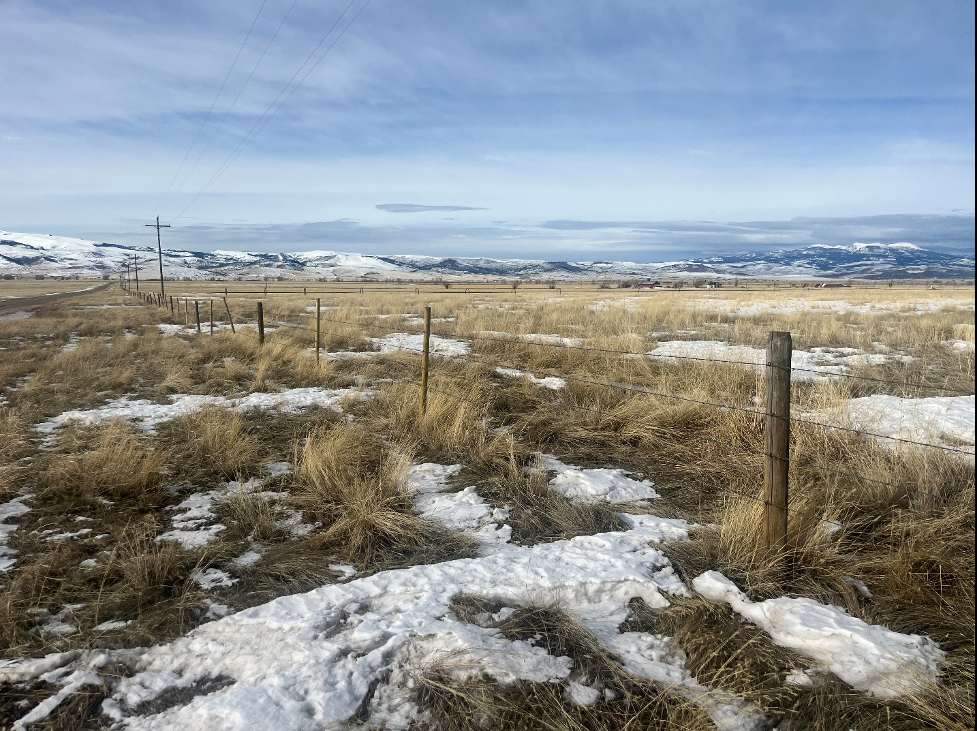
GRANGER’S PREFERRED WILDLIFE-FRIENDLY FENCE
Granger Ranches’ preferred wildlife-friendly fence design is a four-wire suspension fence, with a top wire at 42” (6-10” lower than a traditional fence) and a bottom wire at 18” (6” higher than a traditional fence). The bottom wire is not barbed to facilitate antelope going under the fence, and the lower top wire accommodates jumpers such as deer, elk and moose. Suspension fence has a post solidly driven into the ground approximately every 48 feet with wooden spacer sticks at 16-foot intervals between the posts. This allows for the fence to sway with the pressure of a large herd on the move.
Granger Ranches attests that this type of fence has drastically reduced the need for repairs from wildlife damage, and fewer animals have been caught up in the fencing. Conversion = $2,000 per mile, including materials and labor. New = $15,000 per mile in 2022, less than standard fencing costs in Montana.
The right wildlife-friendly fence design for your operation may vary, depending on the makeup of your local wildlife populations, your terrain and the behavior of your cattle and those of your neighbors.
If large herds of unregulated wild-life are present on the ranch in direct competition with livestock for forage, we must reduce stocking rates or risk overgrazing our pastures. This equates to reduced profits for the ranch. Profit reduction can be directly correlated to the presence and size of wildlife populations and their duration of residency on a property. Our local market value of grass equates to $1 per cow per day.Given that one elk consumes approximately 60% of the daily intake of an average cow, the cost to the ranch is$0.60 per elk per day.
Over the winter of 2021–2022, the ranch supported sustained populations of approximately 600 elk every other day for 180 days as they migrated back and forth throughout the valley. In other words, we fed 600 elk for 90 days, at a cost of $360 per day of lost forage:essentially $32,400 in lost productivity in the crop year. Not many business-es can sustain that degree of loss on along-term basis and remain a sustain-able enterprise. This loss does not factor in property damage to fences that occur as the elk migrate through the ranch.Total repair costs, including vehicles/equipment, fuel and labor to repair damaged fence, comes to approximately $100 per hour plus material costs.
In addition, Granger Ranches has converted over 20 miles of standard five-strand wire fence into wildlife-friendly suspension fence. This has the dual benefits of reducing fence repair costs and obstacles for wildlife movement. Our costs for conversion of exist-ing fence average about $2,000 per mile, including materials and labor. New wild-life-friendly fencing cost approximately$15,000 per mile in 2022, which is less expensive than standard fencing.
Local market value of grass equates to $1 per cow per day.
Given that one elk consumes approximately 60% of the daily intake of an average cow, the cost to the ranch is $0.60 per elk per day.IN 2022, THAT EQUATED TO $32,400 IN PRODUCTIVITY
LOST TO ELK ALONE.
HUNTING SHOULD SOLVE THAT, RIGHT?
Montana Fish, Wildlife and Parks statistics show that the Madison Valley elk population is regularly over objective.In an attempt to help with elk management, we currently provide free managed access to public hunters. During the 2022 hunting season the ranch had 128 hunters with an 88% success rate. When ranch staff was able to assist hunters, the success rate jumped to 100%. Managing these hunts comes with its own costs, however. Over the course of the 2022 elk hunting season the ranch dedicated labor and equipment to assist hunters in harvesting their animals and loading them using ranch equipment.We estimate costs in personnel, fuel and equipment for this service at over $10,000 a year—an expense the ranch incurs as a public service, to aid in the population control of the herd and to provide an opportunity for people to connect with the land, the wildlife and our work to manage both.
Despite our best efforts, there is no feasible way to expand hunting access beyond our current capacity. We can safely host only a given number of hunters at any one time. Because elk herds are mobile and migratory, there are also a limited number of days when there are elk for those hunters to harvest at Granger Ranches. For these reasons, hunting simply cannot keep up with the increasing elk population during the regular hunting season. A supplemental state permitted cow-only elk hunt on the ranch after the regular season allows for only 12 tags to be filled on the property.
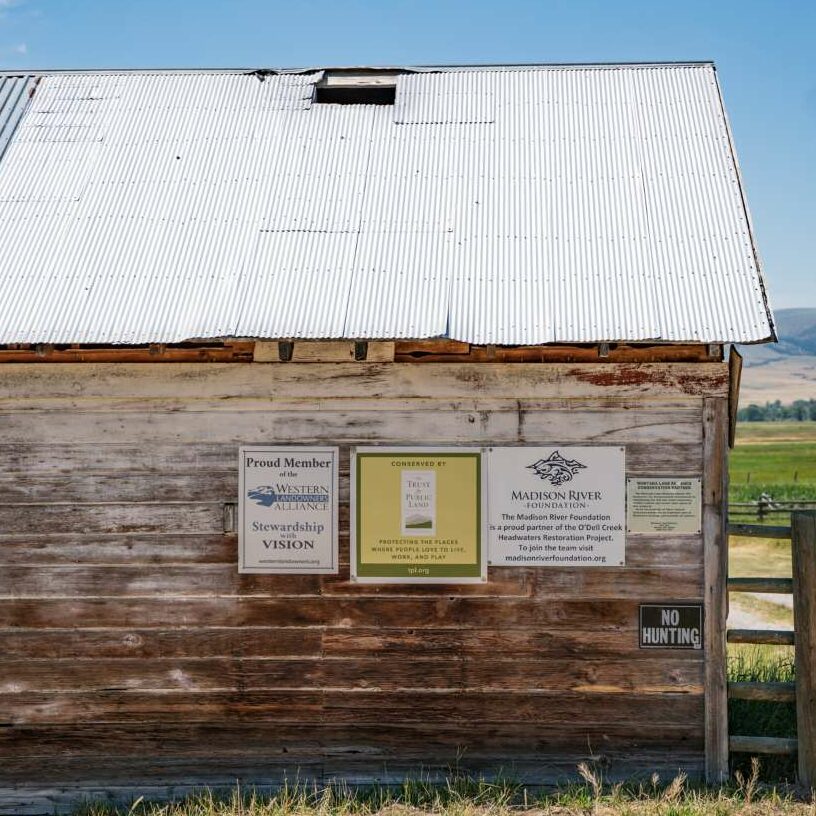
THE RANCHER’S CATCH-22
Considering how much wildlife truly costs a ranch, it is not surprising that many landowners decide to commercialize hunting, as other options for recouping associated losses are limited. As we at Granger Ranches work diligently to improve the forage productivity and soil health of our ranch, elk and other wildlife species concentrate on our pastures. The same is true across the West: where land stewards make significant investments in land health, wildlife impacts on their operations increase. These investments, including expensive irrigation systems, water developments, planted crops and in some cases conservation easements maintaining open space in perpetuity, are often made over the course of generations and represent considerable cost, sacrifice and risk.
To help with elk management, we currently provide free managed access to public hunters. During the 2022 hunting season the ranch hosted 128 hunters, with an 88% success rate. When ranch staff assisted hunters, success rate jumped to 100%. We spend time helping hunters harvest animals and load them using ranch equipment. OUR COSTS FOR THIS SERVICE WERE OVER $10,000.
Management practices and improvements are largely the reason such sizable herds of wildlife congregate on private land. We call this the ranch’s Catch-22:the better the job we do, the more of a challenge we create for ourselves as increasing numbers of animals (elk, deer, antelope, moose, etc.) make our ranch home. Wildlife do not recognize or care about property boundaries, they simply go where the feed, water and shelter are best.
It is important to note that while the above is intended to present the challenges and actual costs ranches like ours can face from wildlife, at Granger Ranches we pride ourselves on being stewards of the land, as do most ranch-ing enterprises. We believe it is our responsibility to care for the habitat and ecosystem services our land can provide. The diversity and abundance of species we see daily is evidence that our approach works, and we enjoy living and working in such a healthy and biologically diverse environment. Having said that, the difficulties of doing so are substantial, and it is important for the public, including sportsmen and women, to understand this. Essentially, we all want and need the same things: clean air, clean water, healthy ecosystems and sustainable wildlife. To achieve and maintain these things, it is critical we work together and understand the reality of our collective task.
Billy Whitehurst is the operations manager of Granger Ranches, Makale Livestock LLC. He also runs Ranch Inc., a management and nutrition consultancy.
Jeff Laszlo is the managing partner of Granger Ranches and a board member of Western Landowners Alliance.


